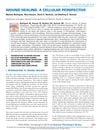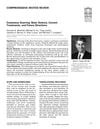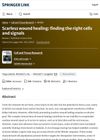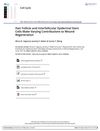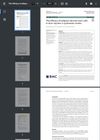Toward Understanding Scarless Skin Wound Healing and Pathological Scarring
June 2019
in “
F1000Research
”
scarless skin wound healing pathological scarring cell proliferation cell migration extracellular matrix deposition genetic predisposition wound infection tension prolonged inflammation activated fibroblasts mechanical forces oral wound healing extracellular matrix components growth factors cytokines immune responses hypertrophic scars keloid scars fibrotic scars scarless healing scarring cell growth cell movement ECM deposition genetic factors infection wound tension chronic inflammation fibroblasts mechanical stress oral healing ECM components growth proteins immune signals immune system thick scars raised scars fibrous scars
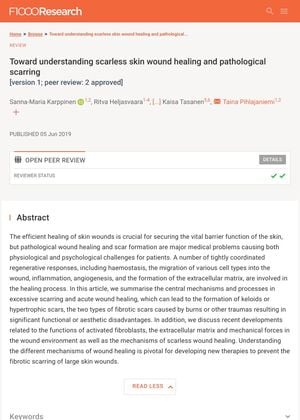
TLDR Scarless healing is complex and influenced by genetics and environment, while better understanding could improve scar treatment.
In 2019, a study titled "Toward understanding scarless skin wound healing and pathological scarring" investigated the mechanisms of scarless skin wound healing and factors contributing to pathological scarring. The research found that scarless healing is a complex process involving cell proliferation, migration, and extracellular matrix deposition. Factors such as genetic predisposition, wound infection, tension, and prolonged inflammation were identified as contributors to pathological scarring. The study also highlighted the role of activated fibroblasts and mechanical forces in the wound environment. The document discussed the differences between oral and skin wound healing, noting that oral wounds heal faster and with less scarring due to differences in the production of extracellular matrix components, growth factors, cytokines, and immune responses. Despite understanding the basic molecular mechanisms of wound healing, knowledge about hypertrophic and keloid scars was contradictory, complicating the development of efficient wound care for different types of fibrotic scars. The study concluded that a better understanding of these mechanisms could lead to the development of therapeutic strategies for scar prevention and treatment.
